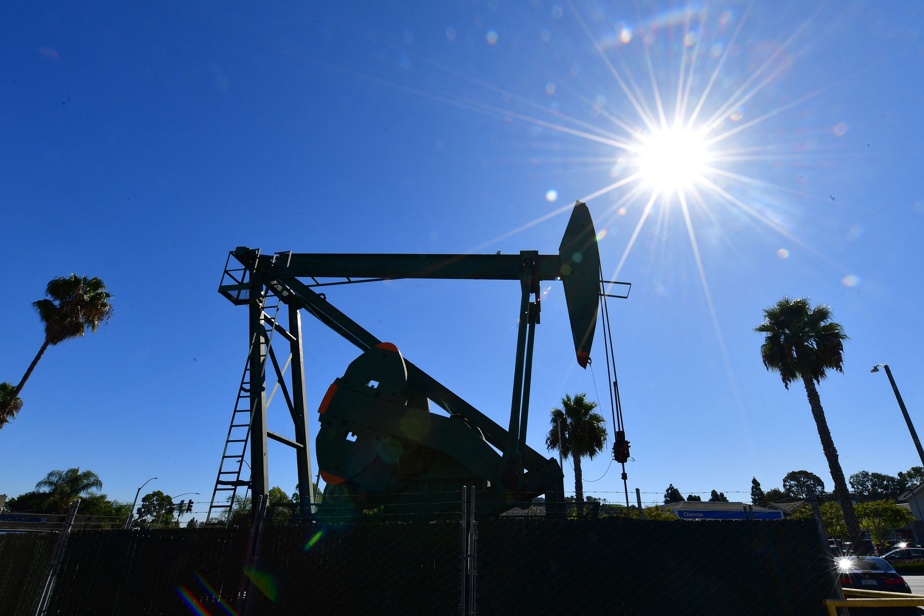(London) Oil prices rise on Friday, driven by geopolitical tensions in Jordan and Russia, and after Thursday’s announcement of the continuation of the strategy of production cuts by OPEC+.
Around 6:40 a.m., the price of a barrel of Brent from the North Sea, for delivery in April, gained 0.58% to $79.16.
Its American equivalent, a barrel of West Texas Intermediate (WTI), for delivery in March, rose 0.61% to $74.27.
The uncertain situation in the Middle East continues to raise supply concerns.
“Following the drone strike against US soldiers in Jordan, fears of reprisals have driven up oil prices,” says James Harte, analyst at Tickmill.
The Iraqi Al-Noujaba movement, an influential pro-Iran armed group, announced Friday that it intended to continue attacks against American troops in the Middle East, despite threats of reprisals brandished by Washington.
Since mid-October, American troops and those of the international anti-jihadist coalition in Iraq and Syria have been the subject of repeated attacks, as a result of the conflict between Israel and the Palestinian Islamist movement Hamas.
The day before, rumors of the possibility of a ceasefire had caused prices to fall.
Furthermore, “a recent upsurge in alleged drone attacks by Ukraine against Russian oil infrastructure has increased uncertainty over global fuel supplies,” DNB analysts add.
On Thursday, the head of Ukrainian military intelligence (GUR), Kyrylo Budanov, threatened to “increase” offensives targeting oil and gas infrastructure on Russian soil, carried out following strikes by Moscow against Kyiv’s energy infrastructure.
Meeting on Thursday for a progress update, a panel from the OPEC+ alliance (Organization of the Petroleum Exporting Countries and their allies) also maintained the current strategy of reducing production, reinforced by the Saudi and Russian cuts.
Following this technical meeting of the Joint Ministerial Monitoring Committee (JMMC), OPEC+ noted in a press release “the good monitoring” of the commitments made by its 23 member countries with the aim of limiting supply and supporting course.
Between reductions in quotas across the entire group and additional voluntary reductions by certain members, the alliance is keeping a total of more than 5 million barrels per day (mb/d) underground compared to the end of 2022, in the hope of raise oil prices.
